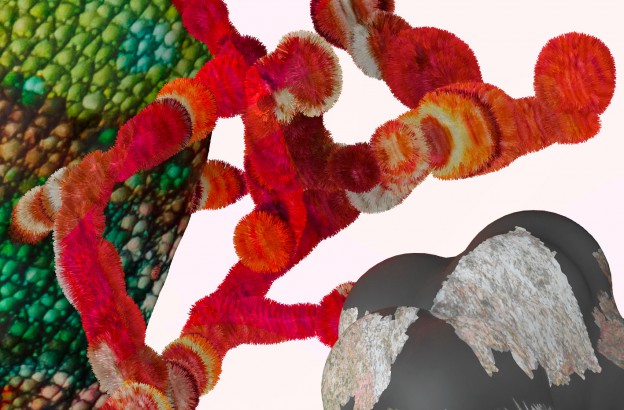Dates: January 27-28, 2017
Location: Piet Zwart Institute / Willem de Kooning Academy, Rotterdam
Admission is free, but due to the limited number of available seats (80), registration is necessary. Registration is possible for either one of the two symposium days (limited), or the complete symposium. We encourage full participation and early registration (because of a large interest). You can register here and for detailed information about the programme, please consult the symposium website: www.anthropoceneagents.nl.
The Master of Education in Arts warmly welcomes you to the symposium Agents in the Anthropocene: Trans/disciplinary Practices in Art and Design Education Today, which takes place at January 27–28, 2017. With this symposium we intend to explore the role of the art and design fields as active agents within the discourse about the so-called ‘Anthropocene’. Special focus will be given to the notion of trans-disciplinary research —with its cross-pollination of art, science, design, media, ecology and different cultural disciplines—arising as part of the (critical) discussion about the Anthropocene.
Confirmed speakers include: T.J. Demos (Professor History of Art and Visual Culture, UCLA, Santa Cruz; founding Director of the Center for Creative Ecologies); Alistair Fuad-Luke (educator, writer, activist, and Professor of Design Research at the Faculty of Design and Art, Free University of Bozen-Bolzano) Frauke Huber & Uwe H. Martin (artists, part of the collaborative art and research project World of Matter); the artists Joshua Portway & Lise Autogena and many others. In addition to keynote presentations and brainstorm sessions, the symposium includes a selection of eleven international Open Call Presentations of exemplary practices and research from students, tutors, artists, researchers, designers, scientists and collectives.
The Anthropocene is both a widely acknowledged and fiercely debated term for a new geological era caused by humankind’s destructive influence on the planet. A growing number of exhibitions and publications are studying the intersection of the so-called Anthropocene with artistic and cultural practices. Often they advocate for modes of trans-disciplinary research that incorporate visual, cultural, artistic, technological, architectural, ecological and political categories. There seems to be an urge for a new kind of aesthetics for narrating the contemporary global reality—whether measured by a scientist or framed by an artist, or collaboratively developed by both of them. This collaborative narration transforms separate creative disciplines into a new multi-disciplinary field, whose future appearance remains speculative.
Is there an urge for ‘new mental equipment’ that will allow us to imagine the Human-Nature partnership differently? There is certainly growing engagement and activism among artists and designers—a motivation to work together as collectives within cooperative projects, laboratory research settings and the like. What can we learn from these new modes of operation and trans-disciplinary research? How are artists and designers able to act? How do we educate them in the face of the ‘Anthropocene’? What repercussions might these kinds of discussions even have for secondary art education? Or, how do we imagine the future of the environmental humanities?

